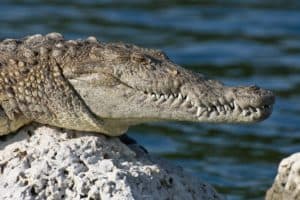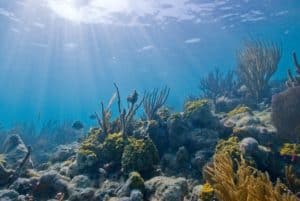I love to travel overseas, but I don’t want to neglect the treasures that America has to explore right here at home. Today marks the 37 years since Biscayne National Park was created, so let’s take a look at what it has to offer visitors.
Biscayne National Park – History
Originally considered as part of the Everglades, Biscayne was designated a separate national monument in 1968 and re-designated a national park on June 28, 1980. Evidence of human civilization within the park borders goes back 10,000 years. Biscayne Bay has been home to Native Americans, pirates, and millionaires. Presidents have vacationed here and outdoor enthusiasts have long enjoyed its waters.
Nature

Biscayne covers over 172,000 acres, stretching from Key Biscayne to Key Largo. Biscayne encompasses four distinct ecosystems; an offshore reef, coral limestone keys, Biscayne Bay, and the mangrove swamps along the shoreline. Biscayne National Park is home to several endangered species, such as manatees, hawksbill sea turtles, and American crocodiles. The park also protects hundreds of species of fish, crustaceans, and birds within its boundaries.
Activities

Biscayne National Park is 95% water, so most of the activities require access by boat. There are campgrounds on Elliott Key and Boca Chita Key which are only accessible by boat. Canoeing and kayaking are popular, as are diving, snorkeling and fishing. Biscayne is home to the Maritime Heritage Trail, the only underwater archaeological trail in the National Park Service. This trail includes 5 shipwrecks that date back to the 1870s which divers can explore.
More information
Most visits to Biscayne should begin at Dante Fascell Visitor Center, 9 miles east of Homestead, Florida. For more information about the park, check out the National Park Service website.
